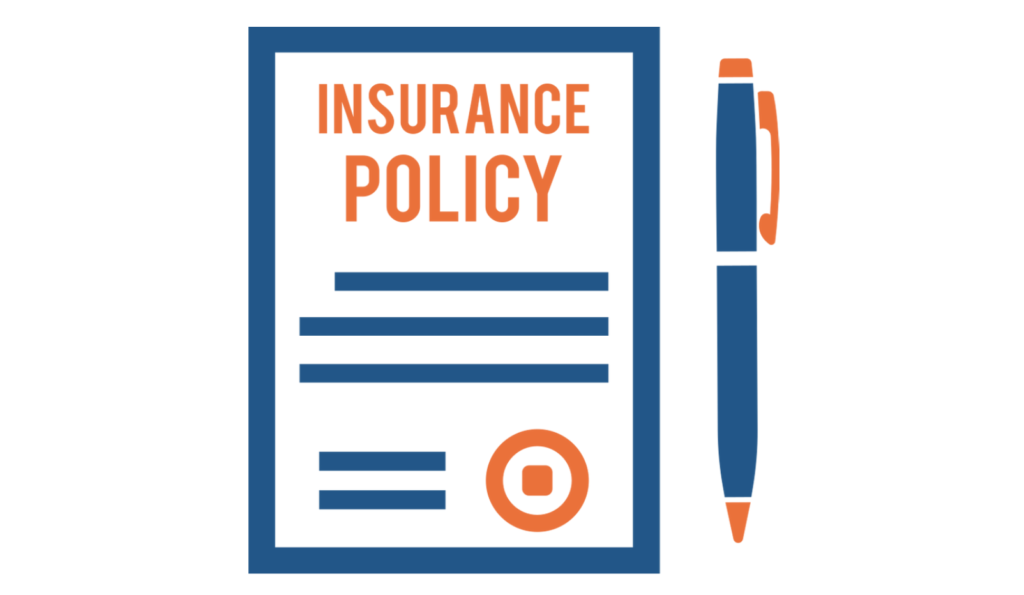Employers who provide benefits to their employees through self-funded plans need to understand their ability to customize their plans and maximize their benefit spend. Throughout the selection and design process, it is crucial for employers to remember they are taking on the risk of potential loss in a self-funded plan. Here are some general guidelines for optimizing your self-funded plan:
1. TPA Selection
A premier TPA is crucial for an optimized self-funded plan. A good TPA offers flexibility along with self-funding assistance and real time claim reporting. The immediate benefit of a TPA is the lower administrative cost. Self-funding allows enhanced cashflow with no pre-pay for potential claims through premiums. The employer only pays for actual claims as they are incurred. This in turn creates the opportunity to manage claimants and take advantage of cost savings opportunities. A good TPA pieces together health plan components and best-in-class vendors to ensure cohesiveness. The TPA should provide the employer a dedicated account manager to communicate with the plan and keep the employer group up to date.
2. Use data to make logical and sensible plan changes
A key benefit of self-funding is that plan utilization and claim spend is 100% transparent. Vendor management can be tracked and monitored with objective metrics. Every component of the benefit plan and the total spend needs to be analyzed and sensibly implemented. Each year, changes to the plan need to be justified, and the plan should always match goals with population needs. To do this, employers should utilize data to provide benefits for which members will enroll, and remove those aren’t utilized. An example of this is the utilization and implementation of a nurse line service. In many facets, purely telephonic nurse line services have become obsolete compared to telemedicine (physician) services. A plan should not spend finite benefit funds on underutilized or obsolete services.
All in all, data and claims should be utilized in an actionable fashion. For instance, a plan with high incidence of diabetes can roll out a disease or diabetes management program.
3. Reduce Confusion
A key component to cost savings is unbundling services and negotiating cost. However, it is important to minimize potential confusion for members who utilize and enroll in these benefits. A key component in vendor selection and the vetting process is to make sure the various pieces of a benefit plan communicate with each other. This is where TPA selection is key, as the TPA can pull vendor data together to give the plan a cohesive goal. For example, the TPA and care management vendors must work together to identify and manage at-risk members to deal with claimants in a proactive fashion vs. retroactively after a claim is already processed. Member engagement should be treated in a wholistic manner as savings can be found at every level of risk. For the self-funded client, customizing the plan and managing the members adds up to substantial savings.
BlueStone Advisors offers sophisticated employee benefit and captive strategies for employers throughout the country. Make your benefit plan work as a competitive advantage for your business – not a liability. To discover what BlueStone can do for your business please contact:
Michael Hansen, VP, Employee Benefits
mhansen@bluestoneadvisors.com

